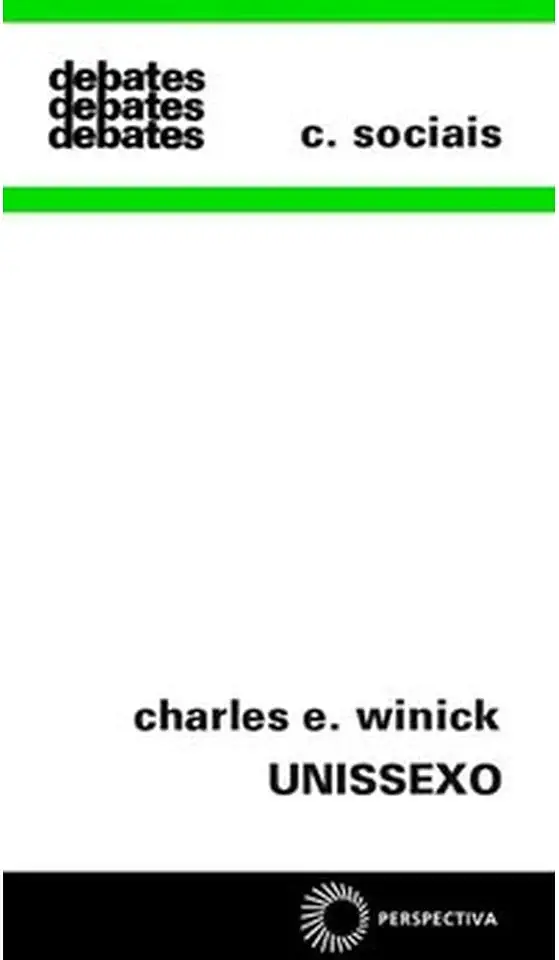
Unisex - Charles E. Winick
Unisex: A Revolutionary Look at Gender in Clothing
Introduction
In his groundbreaking book, Unisex, Charles E. Winick argues that the traditional distinction between men's and women's clothing is outdated and harmful. He traces the history of gendered clothing, showing how it has been used to reinforce social norms and limit people's freedom of expression. Winick then makes a compelling case for unisex fashion, arguing that it would promote greater equality, diversity, and creativity.
The History of Gendered Clothing
The distinction between men's and women's clothing is a relatively recent development. In most cultures, for most of history, people wore clothing that was not specifically designed for one gender or the other. It was not until the 19th century that the strict gender binary we are familiar with today began to take hold.
This shift was driven by a number of factors, including the rise of industrialization and the increasing commodification of fashion. As clothing became more mass-produced, it became easier for manufacturers to target specific markets. This led to the development of separate lines of clothing for men and women, which were often designed to emphasize the differences between the sexes.
The Harmful Effects of Gendered Clothing
Gendered clothing has a number of harmful effects. It can reinforce stereotypes about men and women, limit people's freedom of expression, and even contribute to discrimination.
For example, the expectation that women wear dresses or skirts can make it difficult for them to participate in certain activities, such as sports or construction work. Similarly, the expectation that men wear pants can make it difficult for them to express their femininity.
Gendered clothing can also be a source of discrimination. For example, women who wear pants or men who wear dresses may be subjected to ridicule or even violence.
The Case for Unisex Fashion
Winick argues that unisex fashion would help to eliminate the harmful effects of gendered clothing. By blurring the lines between men's and women's clothing, unisex fashion would allow people to express themselves more freely and would make it easier for them to participate in all aspects of society.
Unisex fashion would also promote greater equality between men and women. By breaking down the traditional gender binary, unisex fashion would help to create a more inclusive society where people are judged based on their individual qualities, not on their gender.
Conclusion
Unisex is a powerful and persuasive argument for a more inclusive and equitable fashion system. Winick's book is a must-read for anyone who is interested in fashion, gender, or social justice.
Why You Should Buy This Book
If you are interested in learning more about the history of gendered clothing, the harmful effects of gendered clothing, and the case for unisex fashion, then you should buy this book. Unisex is a well-researched and thought-provoking book that will challenge your assumptions about gender and fashion. It is a must-read for anyone who wants to create a more inclusive and equitable world.